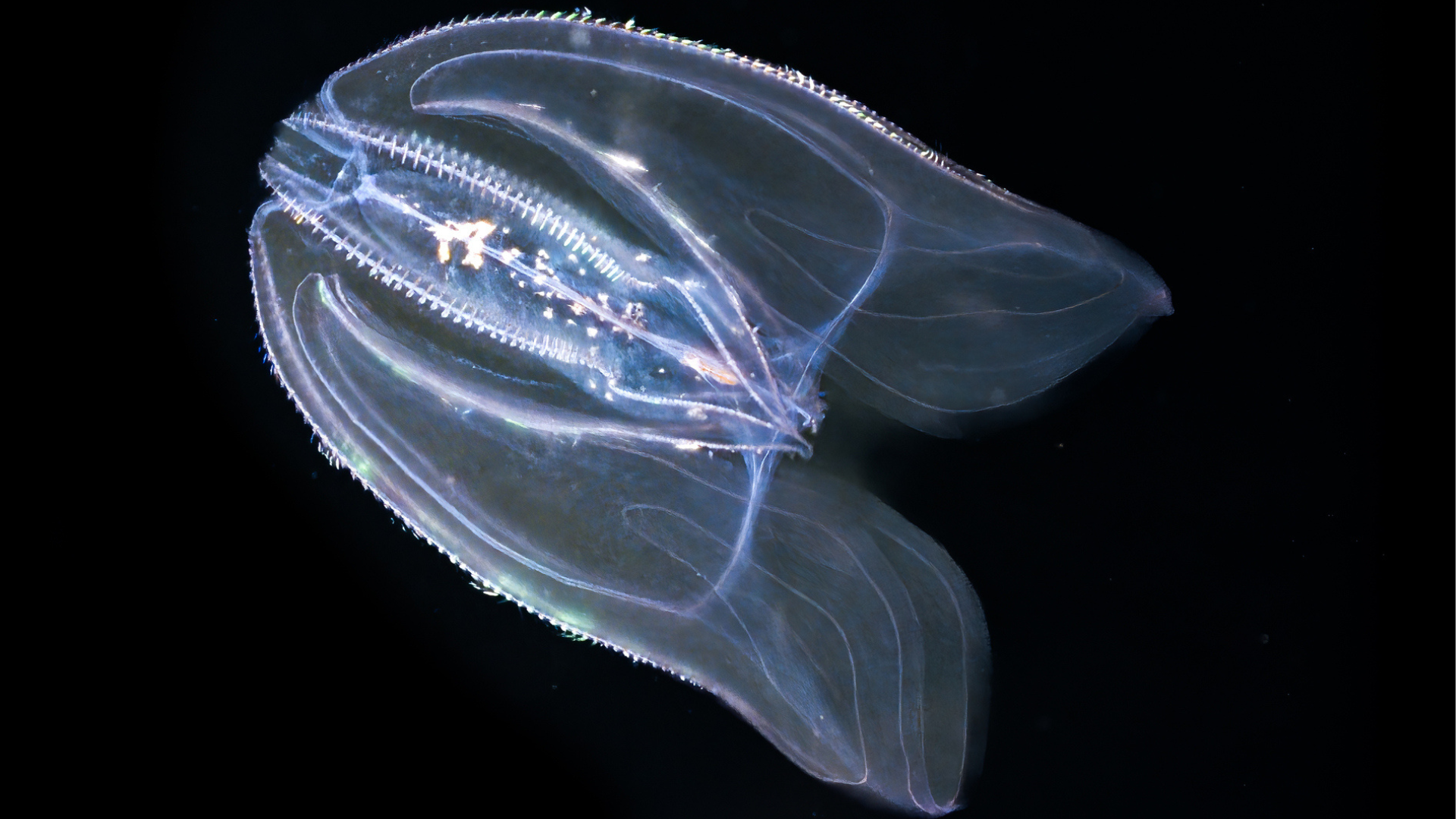Researchers at the University of Bergen have uncovered an extraordinary survival mechanism in Mnemiopsis leidyi, a species of comb jelly, which has the rare ability to reverse its growth process. When exposed to environmental stress, such as food scarcity or injury, these animals can revert from an adult state back to a juvenile form. This remarkable discovery challenges previous assumptions about the rigidity of developmental cycles and opens up new avenues of research in the fields of regenerative biology and developmental science.
The groundbreaking finding was made by Dr. Joan J. Soto-Angel and his team during routine lab monitoring. Initially, it was a chance observation when they noticed an adult comb jelly transforming back into its larval form. Intrigued by this phenomenon, Dr. Soto-Angel, alongside Dr. Pawel Burkhardt of the Michael Sars Centre, began investigating further. Their research revealed that this reversal is triggered under specific stress conditions, including food shortages or injury, with the comb jelly adjusting both its physical structure and behavior to match that of its younger, larval self.
This ability to “reverse age” is not only a fascinating biological phenomenon but could have significant implications for the study of regenerative biology. If similar mechanisms are discovered in other species, it may challenge our understanding of aging and development. The potential for creatures to reset their biological clocks could revolutionize the way scientists approach aging, regeneration, and healing processes. The team suggests that this trait might be more widespread than previously thought, especially since ctenophores like Mnemiopsis leidyi belong to an ancient evolutionary lineage, possibly inheriting this survival tactic from early organisms.
This discovery raises exciting possibilities for future research into how other animals, or even humans, might harness similar regenerative capabilities. It also opens up important questions about the evolutionary origins of such mechanisms. Understanding how and why certain species developed the ability to revert to earlier life stages could shed light on the broader principles of development, aging, and survival across the animal kingdom. As scientists continue to study these fascinating creatures, the implications for regenerative medicine and biology could be profound










